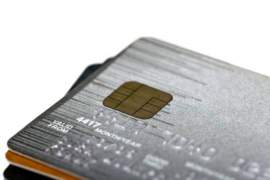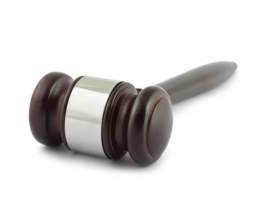
What You Should Know About Countefeiting Money Statistics

To the uninitiated, counterfeiting may seem like an abstract and immeasurable phenomenon. However, hard evidence and statistics are available that chronicle the extent to which counterfeits have flooded the marketplace. A thorough comprehension of some of the more striking statistics will serve to elucidate the pervasiveness of counterfeiting, and will illustrate that this problem is nothing novel.
The most extensively seized counterfeits by the U.S. Customs and Border Protection in 2009 were shoes. Counterfeiting of footwear actually represented nearly forty percent of the commodities confiscated by customs officers this past year.
Counterfeiting of handbags, consumer electronics, and jewelry were among the other leading consumer goods identifying by customs agents. The total value of just these three apprehended counterfeits was over sixty million dollars.
The vast majority of all counterfeits seized were of imports originating in China. Chinese counterfeiting accounted for almost eighty percent of all confiscated consumer goods handled by the U.S. Customs and Border Protection. The only other nation with a significant amount of counterfeits sent to the United States was Hong Kong which provided customs agents with about one tenth of seized counterfeits.
Counterfeiting consumer goods is not the only crime that threatens the economic stability of the United States as counterfeit currency represents a severe domestic problem for the government and banks alike. Although counterfeiting is a significant predicament currently in America, it may have been even more harmful to the nation during the time of the Civil War.
Counterfeits were so ubiquitous in the United States banking system in 1862 that a mere two hundred fifty-three banks had not been affected by the schemes and machinations of counterfeiting. To understand the importance of that number, it is worthwhile to note that more than one thousand three hundred banks operated in the United States at that time.
Another issue of counterfeiting befalling the U.S. Customs and Border Protection is the fraudulent trading of items that impose a threat to infrastructure, consumers, or to national security. These counterfeits are of the most importance to customs agents as they obvious have the potential to cost individuals more than just money if they acquire and use these particular items.
The most confiscated counterfeit that represented a security or safety risk was pharmaceuticals. Pharmaceuticals accounted for over one third of these distinct seizures by customs officials, and the total monetary value of such counterfeits was in excess of eleven million dollars.
Counterfeiting of consumer goods and commodities is a difficult endeavor to deter. However, the work of the U.S. Customs and Border Protection has at least removed some of these counterfeits from the marketplace. It is also evident that the issue of counterfeits has been a problem since the time of the Civil War, and it appears that history will continue to repeat itself in the world of counterfeiting.
NEXT: A Quick Look into Statute of Frauds





















